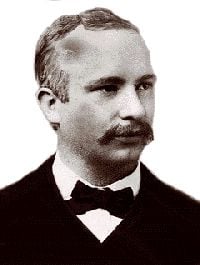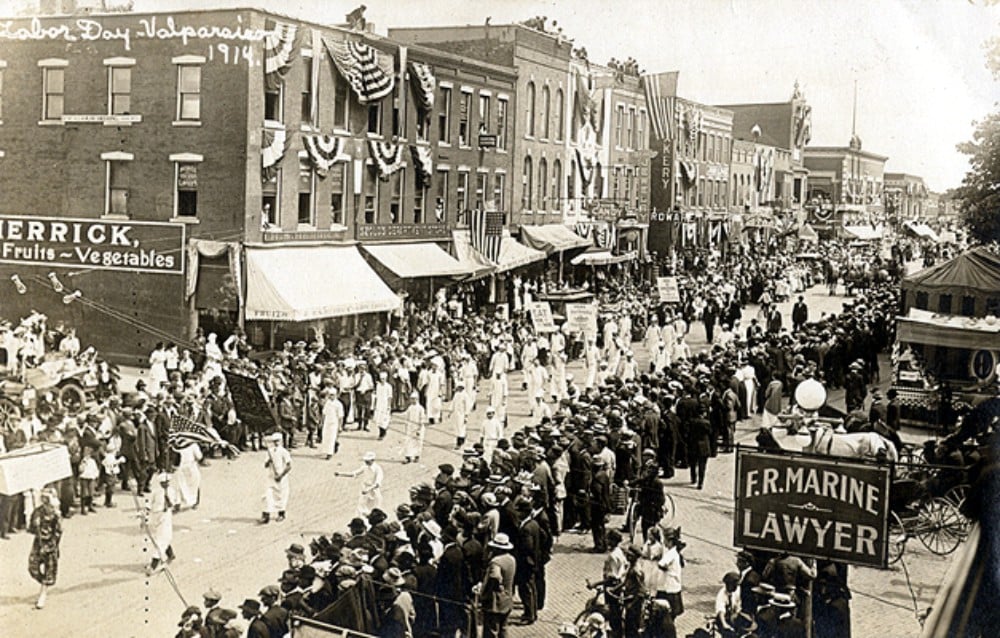Labor Day has long marked the end of summer, the start of fall and a new school year for children, and a welcomed three-day weekend for many. How many of us, however, know why we have the day off work and tend to celebrate with cookouts and camp-outs around the lake? Where did Labor Day come from, and what exactly is it?
If you’re reading this while waiting on burgers to finish grilling as you sip a beer with friends on your long-weekend afternoon, you should thank the abused railroad car builders of the late 1800’s, it turns out.
From History.com:
In the late 1800s, at the height of the Industrial Revolution in the United States, the average American worked 12-hour days and seven-day weeks in order to eke out a basic living. Despite restrictions in some states, children as young as 5 or 6 toiled in mills, factories and mines across the country, earning a fraction of their adult counterparts’ wages.
The idea of a “workingmen’s holiday,” celebrated on the first Monday in September, caught on in other industrial centers across the country, and many states passed legislation recognizing it. Congress would not legalize the holiday until 12 years later, when a watershed moment in American labor history brought workers’ rights squarely into the public’s view. On May 11, 1894, employees of the Pullman Palace Car Company in Chicago went on strike to protest wage cuts and the firing of union representatives.
On June 26, the American Railroad Union, led by Eugene V. Debs, called for a boycott of all Pullman railway cars, crippling railroad traffic nationwide. To break the Pullman strike, the federal government dispatched troops to Chicago, unleashing a wave of riots that resulted in the deaths of more than a dozen workers.
In the wake of this massive unrest and in an attempt to repair ties with American workers, Congress passed an act making Labor Day a legal holiday in the District of Columbia and the territories. On June 28, 1894, President Grover Cleveland signed it into law.
So, thank the factory workers of 1894 for your day off, as well as your 8-hour workday instead of 12 – a resolution the next year by the same labor union.

No one knows for sure who thought up the idea of Labor Day as a holiday, but it could have been a man named McGuire, or a different man named Maguire, both of whom were labor union representatives at the time, albeit for different unions.
Canada also celebrates a “Labour Day” on the same day, and other countries around the world have similarly intended holidays in May, but those are largely associated with May Day (May 1, rooted in ancient pagan holidays of the Celts) and the Haymarket Massacre, a labor union protest gone wrong in 1894.
Somewhere along the way parades and keg parties became less important on Labor Day, and have been replaced by the celebratory flocking to the shopping centers for sales. Some cities do still have parades, but they don’t hold enough weight to merit television airplay usually, and many people don’t even know Labor Day parades happen at all. We also forgot about “Labor Sunday” that was at one time part of the weekend-long celebration and focused on laborer’s spiritual health. But, grilling out and drinking beers with family and friends remains a tradition to celebrate fair and healthier working conditions somehow. I’m okay with that.
















